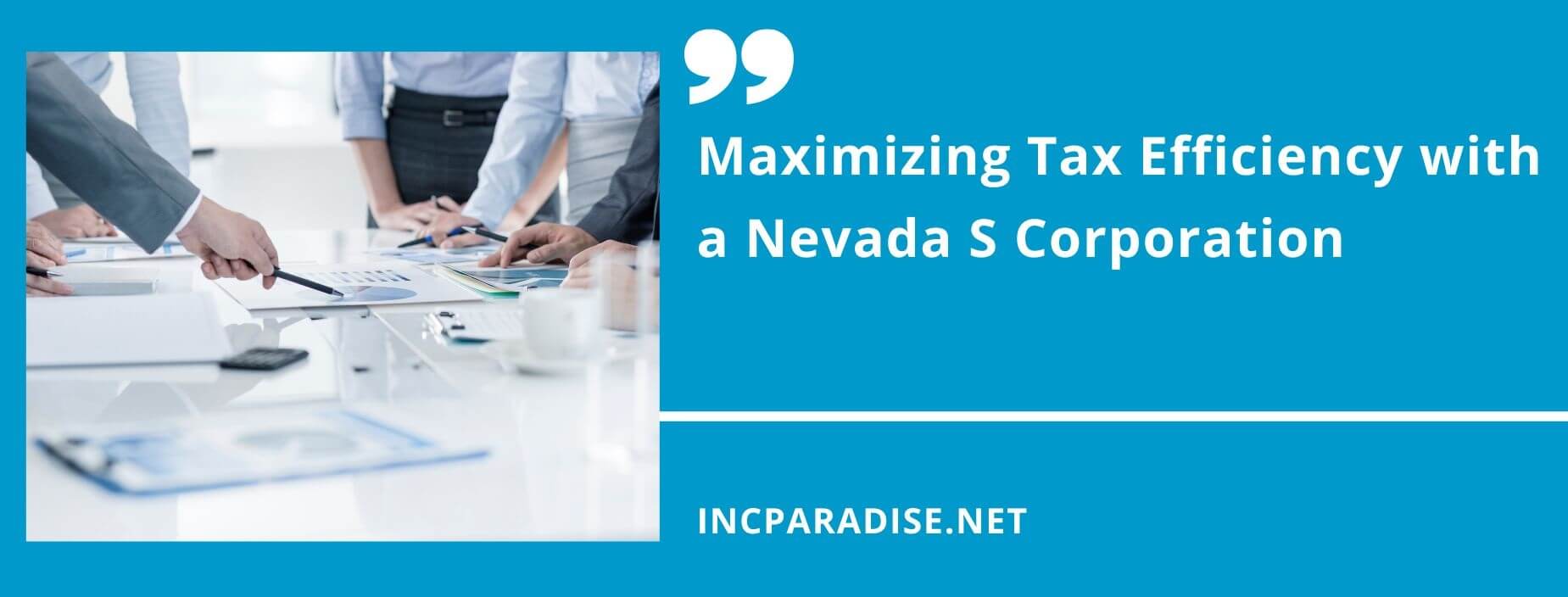When a small business owner registers with the Internal Revenue Service as a corporation, they are automatically formed as a C corporation. Businesses can elect to incorporate an S corporation rather than a C company by filing IRS Form 2553, Election by a Small Business Corporation. Small businesses can use Form 2553 to register as an S corporation rather than a C corporation, which has significant tax advantages that can save your company money during tax season. S corporations are not subject to double taxation in the same way that C corporations are, and their profits are taxed to their shareholders rather than the corporation itself.

IRS Form 2553
The IRS Election by a Small Business Corporation form is Form 2553. Any small firm that the Internal Revenue Service (IRS) can regard as a corporation (LLC or corporation) can utilize the form to elect to be taxed as an S corporation (S corp). Form 2553 (Internal Revenue Service) This form is used by a company or other organization entitled to be recognized as a corporation to elect to be an S corporation under section 1362(a). The S corporation is an IRS tax categorization that permits business owners to be taxed as an S corporation rather than a default LLC or C corporation. The majority of small firms benefit from being taxed as LLCs by default. Small firms that are able to give their owners a respectable wage in addition to net annual distributions of at least $10,000 benefit from being taxed as an S corporation.
What is IRS Form 2553?
A business can file Form 2553, Election by a Small Business Corporation, with the Internal Revenue Service to elect to be registered as an S Corporation rather than a C Corporation. When a business registers as a corporation with the IRS, it is automatically designated as a C Corp. For a variety of reasons, including tax benefits, many business owners choose to be an S Corp instead. C Corporations are frequently subjected to double taxation, which can be costly for a small company. Income is taxable to the shareholders rather than the corporation in an S Corp.
Why use Form 2553?
The major purpose of IRS Form 2553 is to allow a small corporation to register as an S Corporation rather than a C Corporation, which is the default. This is a tax form that most business owners fill out. S Corporations save money on taxes since the taxable income of the firm is only taxed once to the shareholders. S Corp owners declare income and losses on their personal tax returns and are taxed at the same rates as individuals. If dividends are paid out, C Corporations are subject to corporate taxes as well as shareholder taxes.
When should I file Form 2553?
Filing form 2553 is based on the registration part. If you hold a business entity only then you are authorized to file form 2553. IRS Form 2553 is also filed by two types of businesses which are corporations that want to be classed as S Corps and LLCs that want to keep their LLC status yet pay S Corp taxes. To be eligible for S corporation status, small firms must file Form 2553 with the IRS within a certain time frame, as required by law. The following are the dates on which your company must file Form 2553. Form 2553 must be filed within two months and fifteen days of the start of the tax year in which the S corporation will begin operations. The filing deadline for the forthcoming tax season is March 15, 2020. Before the S corporation takes effect, Form 2553 can be filed at any time throughout the tax year. So, if you want to change your business to a S corporation in 2020, you can file Form 2553 at any time throughout 2019.
IRS Form 2553 Instructions
IRS Form 2553 can be mailed or faxed to the Internal Revenue Service. This form does not currently have an online filing option. Because there is no filing fee associated with this form, all that is required of it is that it be correctly filled out and submitted. Within 60 days, the IRS will determine whether or not a company qualifies for the S Corp classification. The election is valid forever once a corporation files Form 2553 and the IRS authorizes it. Every year, the corporation is not obliged to file IRS Form 2553. The IRS does not charge a fee for filing Form 2553. Certain unusual circumstances, however, may result in a cost. For example, if your corporation justifies its fiscal year with “business purpose”, you’ll have to pay a $5,800 fine after completing Form 2553. This form cannot be submitted online and must be sent to the Internal Revenue Service via mail.
State taxes may apply depending on the state in which you operate your business, you may be required to file additional documentation with your state department.
Eligibility check for S-corp
For federal tax purposes, S corporations chose to pass through company income, losses, deductions, and credits to their shareholders. S corporation shareholders report the flow-through of income and losses on their personal tax returns and are taxed at their individual rates. This permits S corporations to avoid paying double tax on their profits. S corporations are taxed at the entity level on certain built-in gains and passive income. To be eligible for S corporation status, a company must meet the following criteria:
- Become a household business.
- Only enable certain stockholders to participate.
- Individuals, trusts, and estates are all possible candidates.
- Partnerships, companies, and non-resident alien stockholders are not permitted.
- Have a maximum of 100 shareholders.
- There should only be one type of stock.
- You must not be an ineligible business (i.e. certain financial institutions, insurance companies, and domestic international sales corporations).
Know the due dates
Everyone who makes certain types of reportable payments in their trade or business must report the payment to the IRS. Form 1099-NEC is used to report payments of $600 or more to a payee for non-employee compensation. Other than non-employee remuneration, Form 1099-MISC is used to record certain revenue. An employer must submit the relevant forms by the deadline. If your return’s due date comes on a Saturday, Sunday, or legal holiday, you have until the next business day to file it. If you’re confused about the laws governing your state taxes, you might want to hire a corporate lawyer to help you file the proper paperwork. You must complete and submit Form 2553:
- You must have the S corp election in place no later than 2 months and 15 days after the start of the tax year.
- You can make the S corp election at any point during the year before the tax year.
- Businesses can choose from a range of tax years and still qualify for S corp status.
File form 2553
Part I of How to Fill Out Form 2553.
- The first section of form 2553 contains your company’s name and address, as well as its incorporation date and tax year.
- Section G can be skipped by applicants who do not have more than 100 shareholders.
- View the instructions for assistance in selecting a tax year in section F.
- Late filers should go to Section I.
- The name and address of all shareholders, as well as their signatures consenting to the S corp election, must be included in the final section.
Need Any Assistance in Filing Form 2553?
You can call the IRS Business Assistance phone line provided on the IRS website if you are confused about which sort of corporation your company is registered as. The IRS will be able to look over your records and inform you what type of entity your company is. Within 60 days of completing your application, the IRS will contact you with a decision. If the IRS has not contacted you within 60 days, you can contact them directly to enquire about your S Corp election application. Do you have questions concerning Form 2553 and would like to speak with a professional? IncParadise can assist you with completing IRS Form 2553 and obtaining the s-corporation election for your business.








